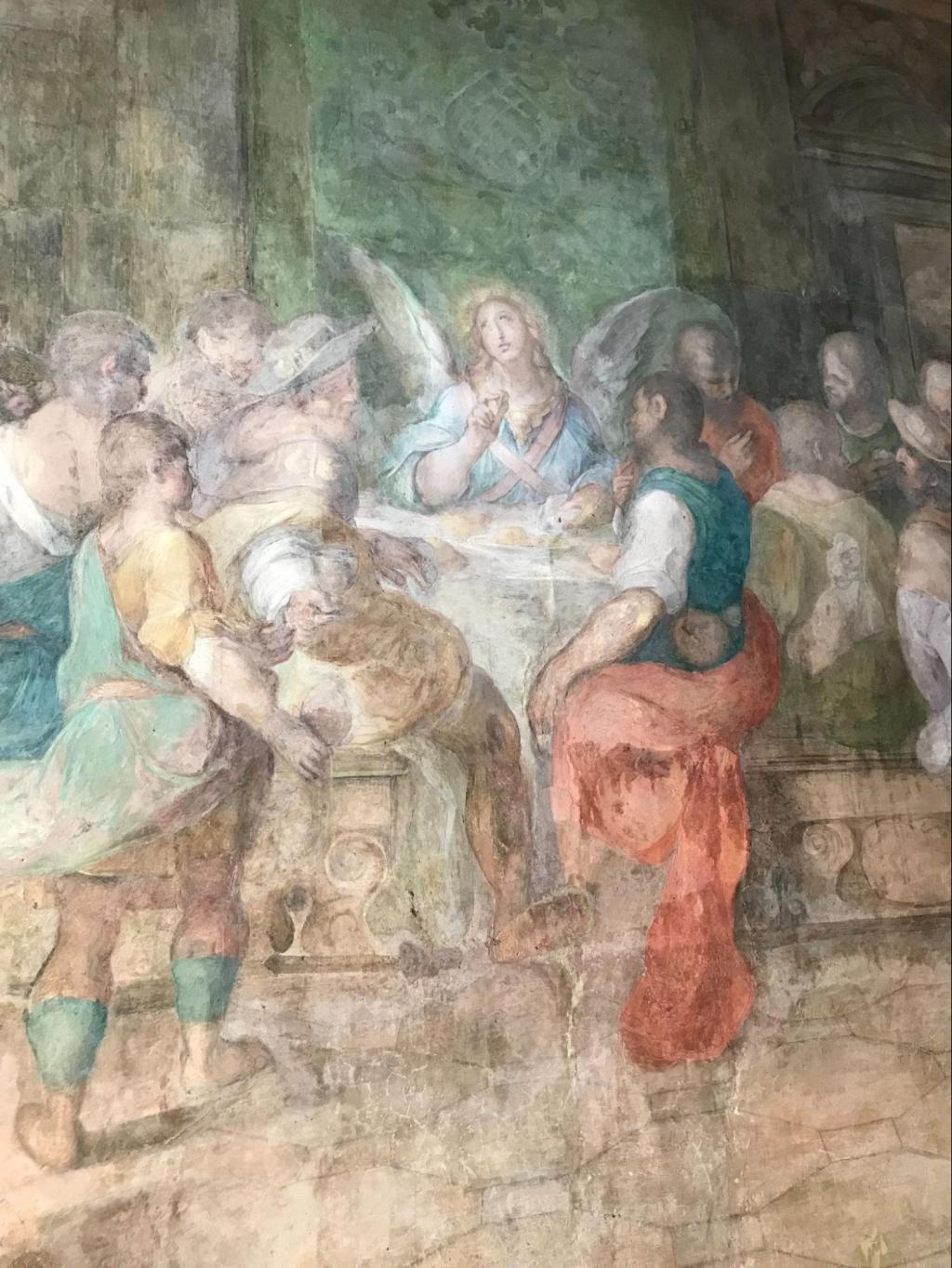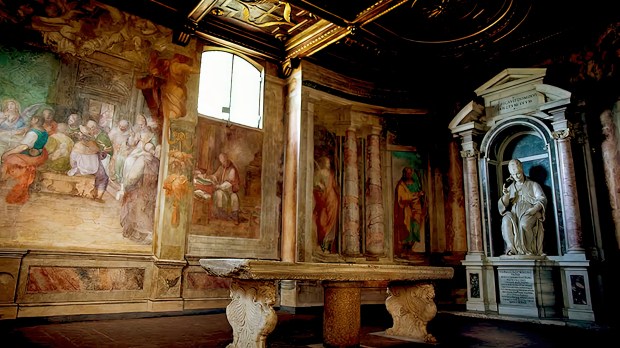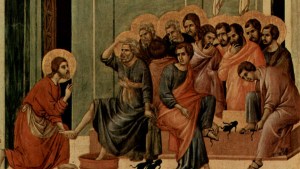On the banks of the road leading from the Colosseum to the Circus Maximus, opposite the Palatine Hill, stands a basilica that bears the name of St. Gregory. Set on the green slopes of the Caelian hill, this church is dedicated to Pope Gregory I, who had a monastery built here in the 6th century.
Pope Gregory the Great’s mark on Rome
Born into one of Rome’s most prestigious patrician families, and nephew of Pope Felix III, this aristocrat at one time pursued a brilliant political career, even becoming prefect of the city of Rome in 572. Two years later, however, he abandoned the cursus honorum to devote himself entirely to God. He turned to an ideal of monastic life, which led to his election as pope in 590.
Evidence of this great pope’s life can be found in many places in Rome, starting with the basilica that bears his name. Frescoes in the atrium recount the great episodes of his life, including the processions he ordered during the plague. He had an icon of the Virgin Mary, known today as the Salus populi romani — “Health of the Roman people”– paraded through the city to ask for liberation from the plague — a petition that was granted. This representation of the Virgin, particularly venerated by Pope Francis, can be found today in the Basilica of St. Mary Major.
Dining room for the poor
But one of the most touching and important reminders of Gregory’s life can be found near the church on the Caelian Hill. Rather than climbing the steps leading up to the basilica, it is possible — only on the weekends — to enter through a small gateway on the left into a peaceful garden and three small oratories, one attached to the other. They are dedicated to St. Andrew, St. Sylvia, and St. Barbara.
The three oratories, built in the 16th century on the ruins of the monastery of St. Andrew that Gregory the Great had built on his family estate, are decorated with superb frescoes by great masters such as Guido Reni and Domenichino. It’s easy to overlook a large marble table in the middle of the oratory of St. Barbara, built on Gregory’s former triclinium pauperum — dining room for the poor.
Tradition has it that it was on this table that St. Gregory and his mother St. Sylvia received 12 poor people each day in memory of Christ’s Last Supper. One day, a vacant seat was occupied by an angel. At first, the pope didn’t dare ask who the 13th guest was, but eventually he did. The angel revealed himself to him, and Gregory saw it as a sign. He decided to invite 13 guests from then on. This episode is recounted on the mural by Antonio Viviani that is located beside the table.

The origins of the Office of Papal Charities
A Latin inscription on the table recalls the episode: “Bis senos hic Gregorius pascebat egentes angelus et decimus tertius accubuit,” which means: “Here, Gregory fed 12 poor and an angel sat in the place of the 13th.” This tradition of inviting 13 poor people for a meal continued in this chapel until the 19th century, every Holy Thursday. The table was moved to the Lateran before returning to its original location.
After Gregory, the popes established several other hospices to feed the poor, most notably at Campo Santo Teutonico in the late 15th century. The “Table of the Poor” can be seen as one of the earliest testimonies to the pontiffs’ charity, and thus the forerunner of the Office of Papal Charities — the entity in charge of charity in the Vatican today.
On leaving St. Barbara’s Oratory, it’s not uncommon to come across the blue-edged white habit of a Sister of Charity. Members of this religious community are housed in an adjoining building. They pass like shadows through the peaceful garden in which St. Sylvia once grew vegetables to feed her guests. Something of that touching charity still lives here.



